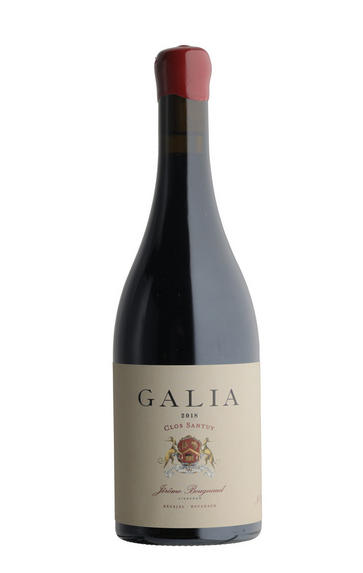
2018 Galia, Clos Santuy, Jérôme Bougnaud & El Regajal, Castilla y León, Spain
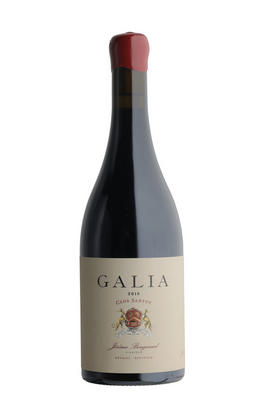
About this WINE
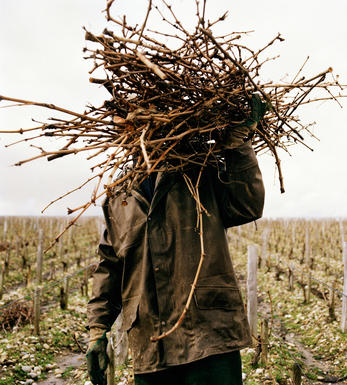
El Regajal
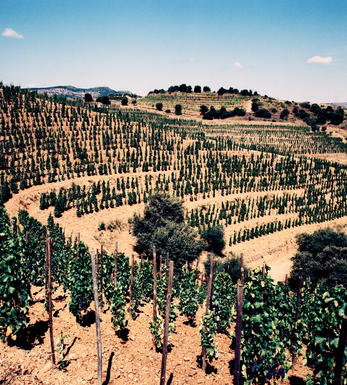
Castilla La Mancha - Castilla y Leon
The autonomous province of Castilla-La Mancha covers a large chunk of central Spain and is bordered by Castilla y León, Madrid, Aragon, Valencia, Murcia, Andalusia, and Extremadura! Known mostly as the setting for Cervante’s legendary novel Don Quixote, Castilla-La Mancha is the powerhouse of the Spanish wine industry. It produces almost half of Spain’s vinous output from a range of grape varieties: crisp, clean, easy-drinking whites are made from Albillo, Viura, Parellada, Torrontes, Moscatel, Merseguera, Pardilla, Macabeo (Viura), the local Malvar and the prolific Airén; while pleasant, fruity reds (mostly) and rosados are produced from Tempranillo (locally known as Cencibel), Garnacha Tinta, the local Moravia, Cabernet Sauvignon, Merlot, Syrah and Monastrell.
Castilla-La Mancha incorporates a number of DO appellations with varied winemaking traditions and even more varied degrees of quality. They are led by heavyweights La Mancha and Valdepeñas, followed by the lesser-known Almansa, Ribera del Jucar, Mentrida and Manchuela. Since the 1990s, the wine industry here has been revolutionised. It has enjoyed a recent rush of investment, led by the legendary Alejandro Fernández and followed by the Jerez/Sherry behemoths Osborne and González Byass. The result has been a transformation from a source of poor quality, sometimes virtually undrinkable, wines to one where modern-styled, easy-drinking, excellent value-for-money wines are the order of the day.
Castilla-La Mancha is also home to Dominio de Valdepusa and Finca Elez which form two of Spain’s ‘private wine regions’. ‘Vinos de Pago’ (Denominación de Pago) was a category introduced in 2003 and bestows DO status upon outstanding individual estates, even if they are located outside an existing DO area. Each one is allowed its own rules and regulations.
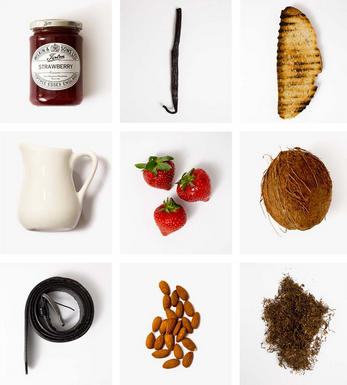
Tempranillo/Tinto Fino
A high quality red wine grape that is grown all over Spain except in the hot South - it is known as Tinto Fino in Ribera del Duero, Cencibel in La Mancha and Valdepenas and Ull de Llebre in Catalonia. Its spiritual home is in Rioja and Navarra where it constitutes around 70% of most red blends.
Tempranillo-based wines tend to have a spicy, herbal, tobacco-like character accompanied by ripe strawberry and red cherry fruits. It produces fresh, vibrantly fruit driven "jovenes" meant for drinking young. However Tempranillo really comes into its own when oak aged, as with the top Riojas where its flavours seem to harmonise perfectly with both French and American oak, producing rich, powerful and concentrated wines which can be extraordinarily long-lived.
In Ribera del Duero it generally sees less oak - the exception being Vega Sicilia where it is blended with Cabernet Sauvignon and Merlot and then aged for an astonishing 7 years in oak and is unquestionably one of the world`s greatest wines.


Buying options
Add to wishlist
Description
From a 1.12ha vineyard just outside Ribera del Duero at 1000m, on a gravel/sand soil. The wine has an intriguing chocolate note, matched by a slight earthy savouriness, which is highly appealing. 90% Tinto Fino, 10% Albillo.
It is the biggest of the three wines but the least expressive. At almost 1000m in altitude, discrete on the nose but discernable notes of black fruits and rose – as the Le Dean, there is Depth here that is not easy to discern. There is lovely minerality on the palate, but it is still very closed, especially on the mid-palate; we find the same salinity on the finish we did on the village, which is lovely. This will need time to develop in the bottle before uncorking this one; it has excellent potential.
Drink 2025 - 2034
Yoan Bernard, Fine Wine Buyer, Berry Bros. & Rudd
wine at a glance
Delivery and quality guarantee